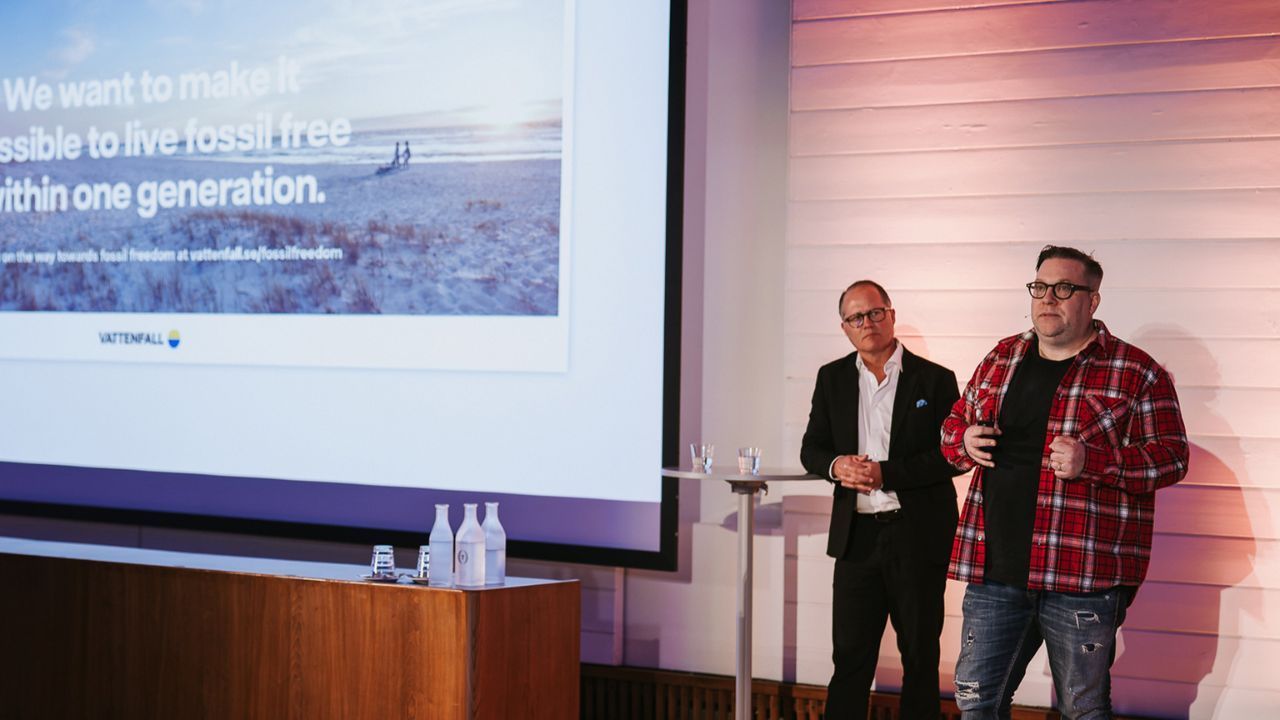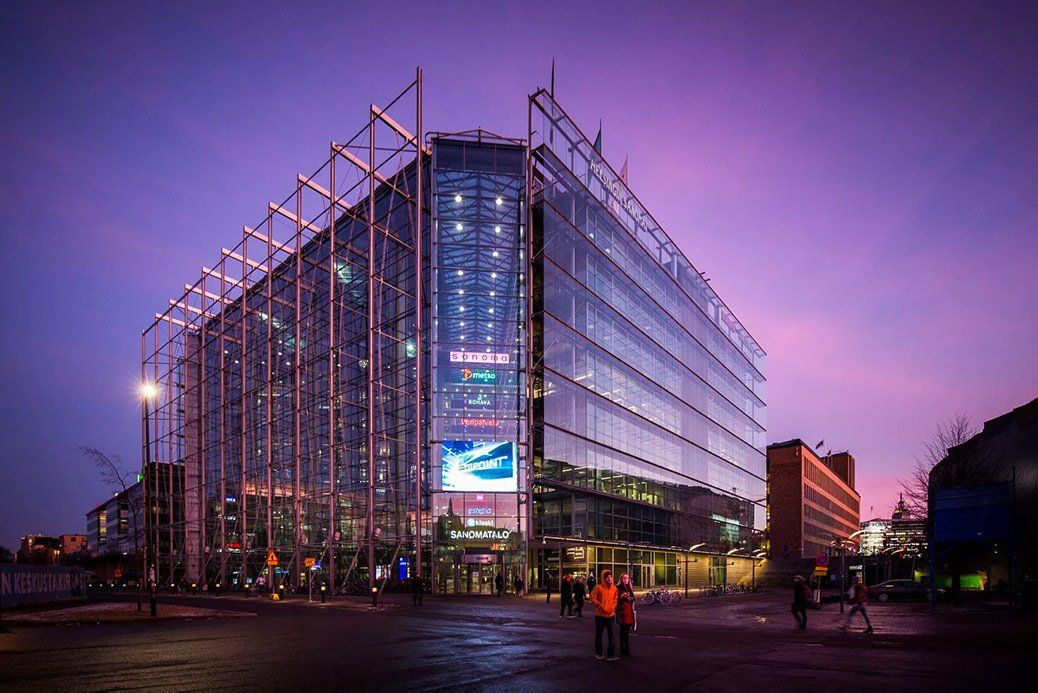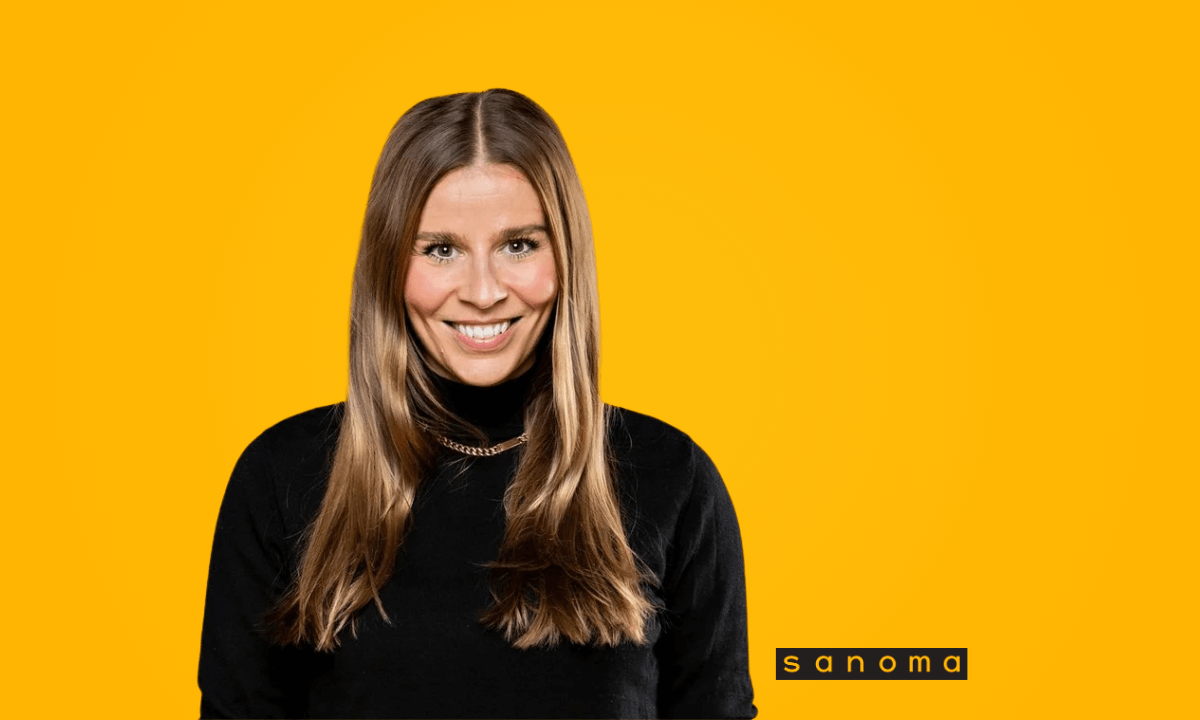Four ways to boost creativity
What do the most awarded creatives in the world think about brand building, using humor in marketing and campaign briefs?
We went straight to the source and asked Andreas Dahlqvist, CEO and Chief Creative Officer, and Jens Welin, Senior Client Director and Global Media Strategist at NORD DDB.
Make something fun
Dahlqvist notes that as the way we consume media and brands has become more fragmented, it's trickier to have an impact than it used to be.
“20 years ago, you knew that with a certain investment, you would reach a certain audience. Today you must come up with something that really resonates with people and aligns with their values.”
The best way to do that is emotional content and long-term brand building.
“We have faced two recessions and one pandemic in the last 15 years. During this time, some companies forgot how creativity drives business,” Welin states.
As advertising has shifted towards short-term sales and tactical marketing, it’s also become more repetitive.
“The term advertising fatigue describes the situation well. When you are forced to see too much tactical advertising, it can get kind of annoying. One of the mantras I've had for ages is that the best ads don't look like advertising,” Dahlqvist says.
He’s also noticed that advertising has become more serious.
“What we do in advertising reflects society and how people feel. In these uncertain times, we all need a little break. I hope we'll see a little bit more humor coming back to advertising in the next couple of years.”
Welin encourages companies to lean on their partners for more creative ideas.
“In the Nordics, we’ve always been quite progressive when it comes to advertising. Still, companies don't always have the courage to go all the way, and that's something that we as agencies can help change.”
Break some rules
When asked about the most creative and memorable campaigns they’ve ever done, Dahlqvist and Welin both immediately come up with examples that were done unconventionally.
“In the US, I worked with the NFL as a client, and we found an interesting fact: nine months after a city wins the Super Bowl, there’s a spike in how many babies are born,” Dahlqvist recalls.
As the board of Super Bowl is a bit conservative, there were some initial worries if a concept based on sex would go through.
“They loved the idea. We called the campaign Super Bowl Babies, looked up all the children, and brought them together to form a big choir to sing a version of Seal’s song Kiss from a Rose with new lyrics. It was a massive success. With zero media spend, the PR was crazy, it was in the local news everywhere.”
One of Welin’s most memorable campaigns was H&M’s first designer collaboration campaign with Karl Lagerfeld.
“They built a dream team of creatives who were asked to replace their big traditional underwear ads. We had to come up with something that would build momentum.”
Most people said that for the campaign to go viral, they should do a short video. The team went the opposite way.
"We leaned on the power of storytelling and made a two-minute film with a customized media strategy; we went against all the rules, and the campaign is now featured in marketing books everywhere,” Welin says.
Use the magic of freak facts
Most creatives dream of making impactful campaigns but struggle with the execution. According to Dahlqvist, the key to successful advertising is to find something unexpected and then show it to consumers in a unique way.
“It's our job to stand out. One of the best ways to do that is to find a freak fact that makes you think ‘Oh damn, I didn’t know that’. Then you create the concept around that fact, like we did with Super Bowl Babies.”
Concept design should always start with something that people care about, not with what brands want to say. Interesting insights into human behavior are the best food for creative development, he says.
“We saw this also with Vattenfall. We found out that kids’ number one fear nowadays is climate change. We used this freak fact and built an uplifting campaign around a difficult topic, and the results were extremely good.”
Dahlqvist says that he’s also a big fan of boiling down strategies to just one line.
“You need to go for the bigger idea around the brand, to reduce complex things to something clear. Look for that one notion of what the role of the brand could be in people’s lives. That one line simplifies things enough to build a strong platform for creative ideas.”
Challenge the brief
Welin adds that collaboration around briefs is important.
“I always try to challenge them. Clients sometimes put forward briefs that are just tactical tasks that do not tackle the real problem that needs to be solved,” he says.
At NORD DBB, the creatives have immersion sessions with clients before a brief is even written.
“I want to find the problem behind the problem. The talk beforehand confirms if we agree or if we need to do more research. It’s our responsibility to offer new perspectives to our clients. That’s how you make big transformations happen,” Welin states.
The method works extremely well when designing creative concepts for companies that want to talk about sustainability. Brands often feel that the restrictions around sustainability prevent them from doing something exciting.
“Don’t think about the restrictions first. Gather some insight, start from there, create something unexpected, and then adapt it to the restrictions. Brands have a significant role to play in sustainability. If they commit to it, they can have a substantial impact,” Dahlqvist says.
Welin reminds us that for any message to go through, it needs to be inspiring, lifting, and captivating.
“Many people working with sustainability believe it must be boring to be taken seriously. With our clients we've been able to prove that you can be serious yet entertaining at the same time,” he says.
Get to know Andreas Dahlqvist and Jens Welin and the work they’ve done with their clients at www.nordddb.com
Have a look at the Super Bowl Babies campaign www.youtube.com/watch
Further Reading
Subscribe to our Newsletter
By submitting your email you agree that we may send you promotional emails and information about our services. You can unsubscribe any time. Check out our Privacy Policy.







